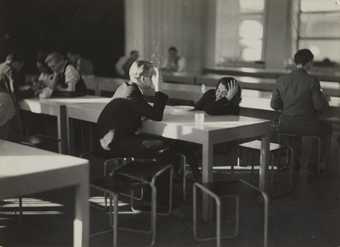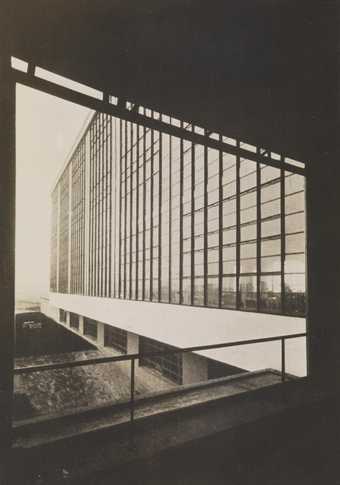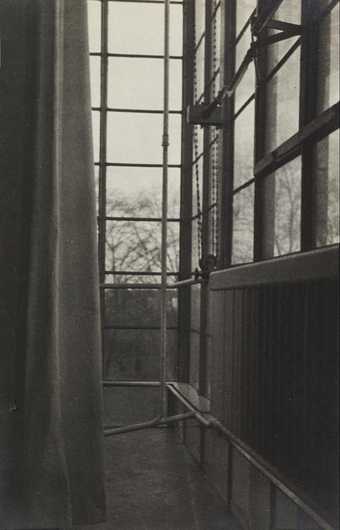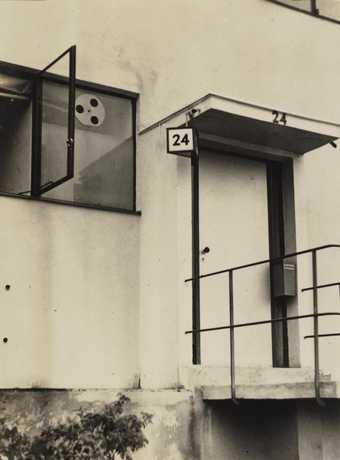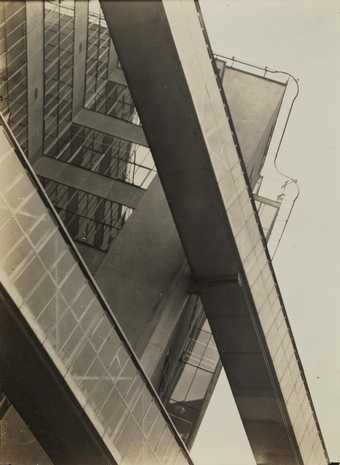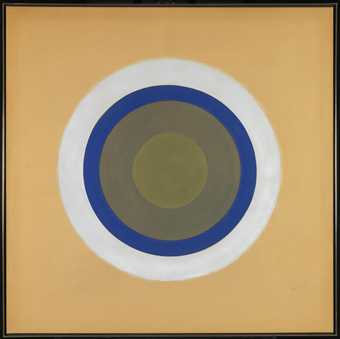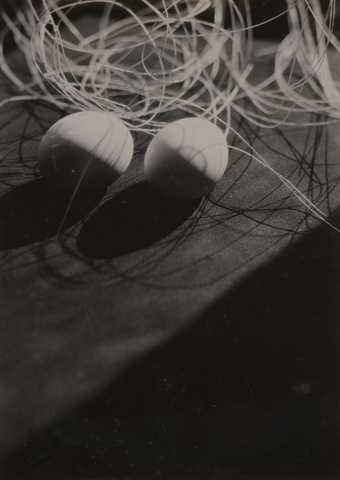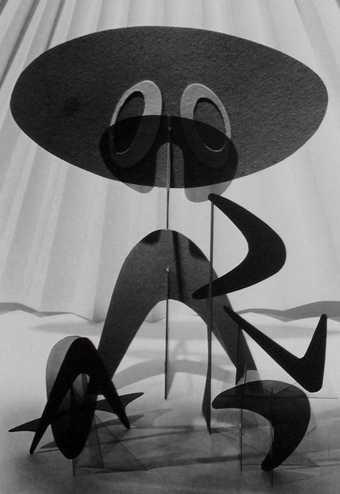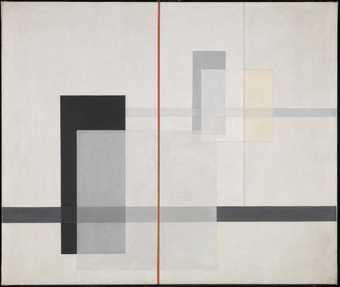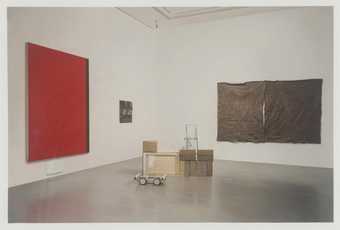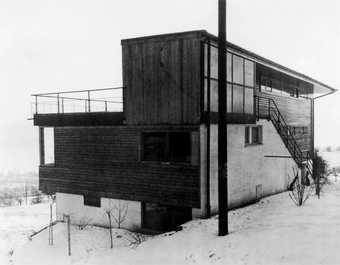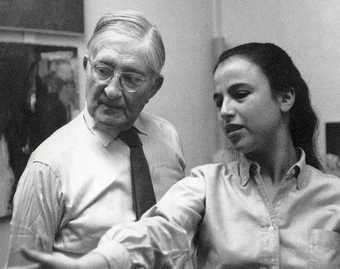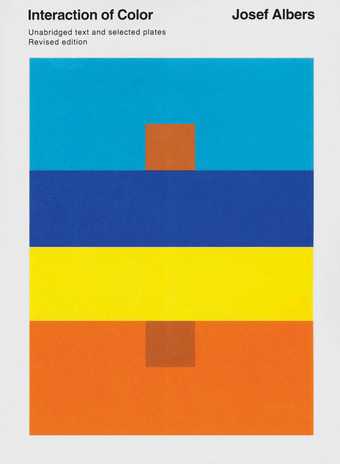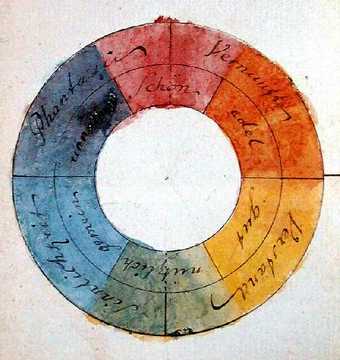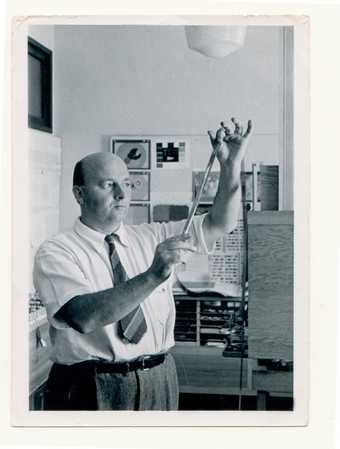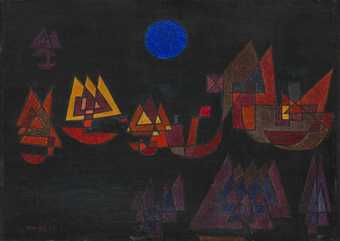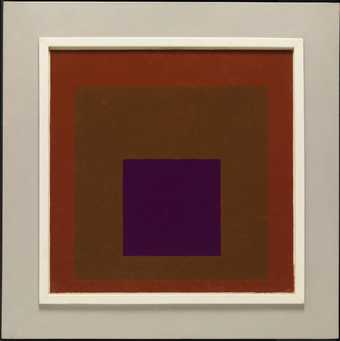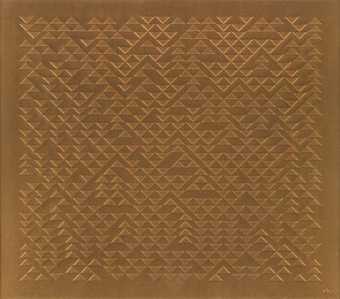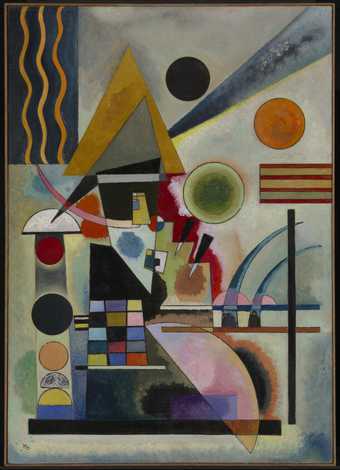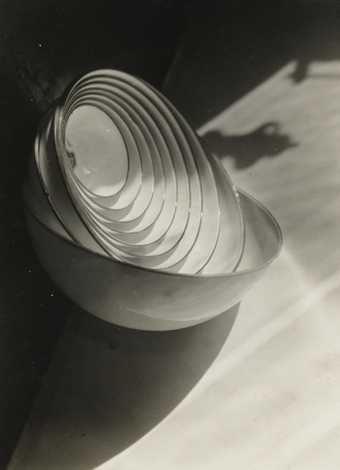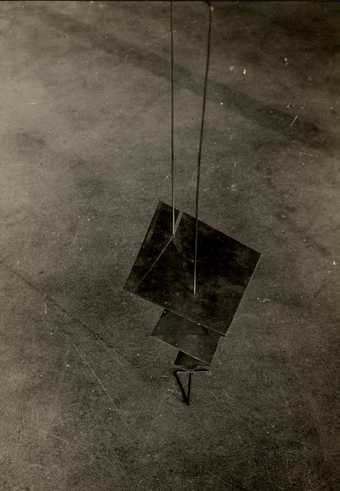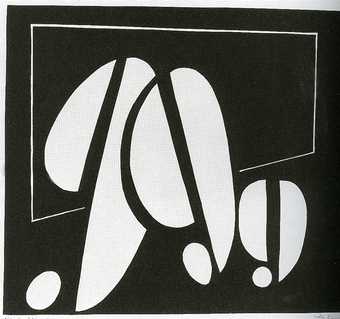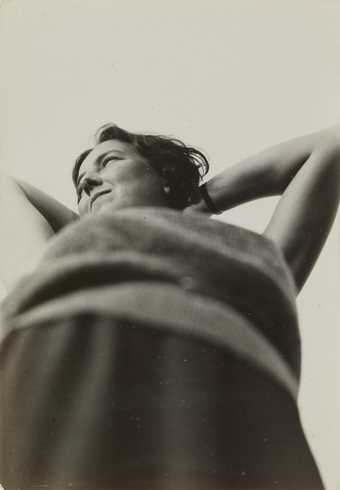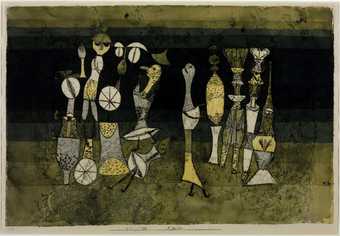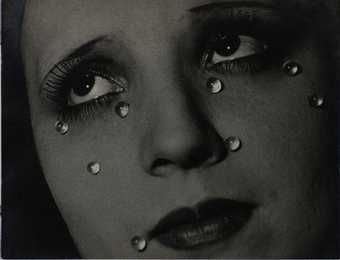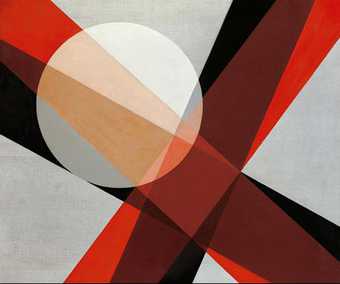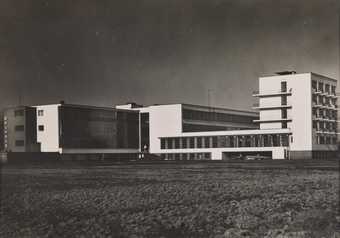
Lucia Moholy
Bauhaus Building, Dessau
(1925–6)
Tate
The Bauhaus teaching method replaced the traditional pupil-teacher relationship with the idea of a community of artists working together. Its aim was to bring art back into contact with everyday life, and architecture, performing arts, design and applied arts were therefore given as much weight as fine art. The name is a combination of the German words for building (bau) and house (haus) and may have been intended to evoke the idea of a guild or fraternity working to build a new society. Teachers included Wassily Kandinsky, Paul Klee, László Moholy-Nagy and Josef Albers.
The Bauhaus moved from Weimar to Dessau in 1925–6 where Gropius created a new building for the school. In 1932 it moved to Berlin where it was closed in 1933 by the Nazis.
Its influence was immense, especially in the USA, where many artists moved before and during the Second World War.

